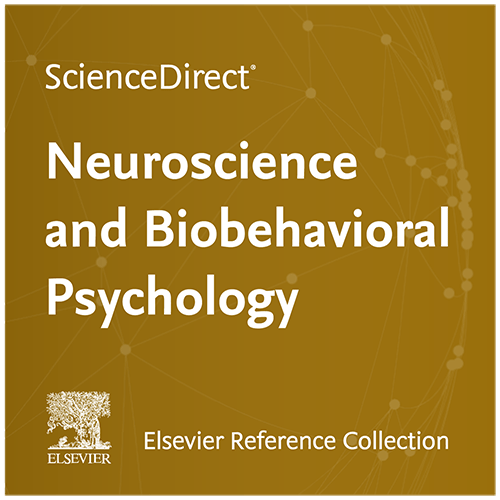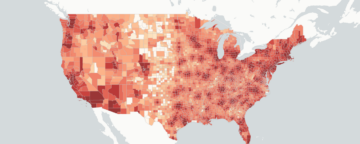 In a recent review of adolescent risk taking, Romer, Reyna & Satterthwaite (2017) argued that although adolescents are stereotyped as maladaptive risk takers, they are more likely to explore novel behaviors than adults. In this chapter, we examine how adolescents make decisions compared to children and adults under conditions where they know the risks and where the risks are more ambiguous. The distinction between known risks and ambiguous risks is important for understanding adolescent risk taking because many of the risks they take are likely to be in situations where they don’t know what is likely to happen to them, such as starting a new friendship or trying a drug. Our review finds that the ability to take adaptive risks increases with cognitive development. In addition, although adolescents may take more risks than adults when the potential outcomes are likely to be favorable, they also take fewer risks than adults when the likely outcomes are unfavorable. In situations where the risks are ambiguous, they are more likely to explore than adults. It is important therefore to consider both the degree of known risk and the favorability of the likely outcomes in order to understand adolescent risk taking. The stereotype that adolescents take more maladaptive risks than children or adults is not supported by our review.
In a recent review of adolescent risk taking, Romer, Reyna & Satterthwaite (2017) argued that although adolescents are stereotyped as maladaptive risk takers, they are more likely to explore novel behaviors than adults. In this chapter, we examine how adolescents make decisions compared to children and adults under conditions where they know the risks and where the risks are more ambiguous. The distinction between known risks and ambiguous risks is important for understanding adolescent risk taking because many of the risks they take are likely to be in situations where they don’t know what is likely to happen to them, such as starting a new friendship or trying a drug. Our review finds that the ability to take adaptive risks increases with cognitive development. In addition, although adolescents may take more risks than adults when the potential outcomes are likely to be favorable, they also take fewer risks than adults when the likely outcomes are unfavorable. In situations where the risks are ambiguous, they are more likely to explore than adults. It is important therefore to consider both the degree of known risk and the favorability of the likely outcomes in order to understand adolescent risk taking. The stereotype that adolescents take more maladaptive risks than children or adults is not supported by our review.
Authors
- Dan Romer
- Atika Khurana

